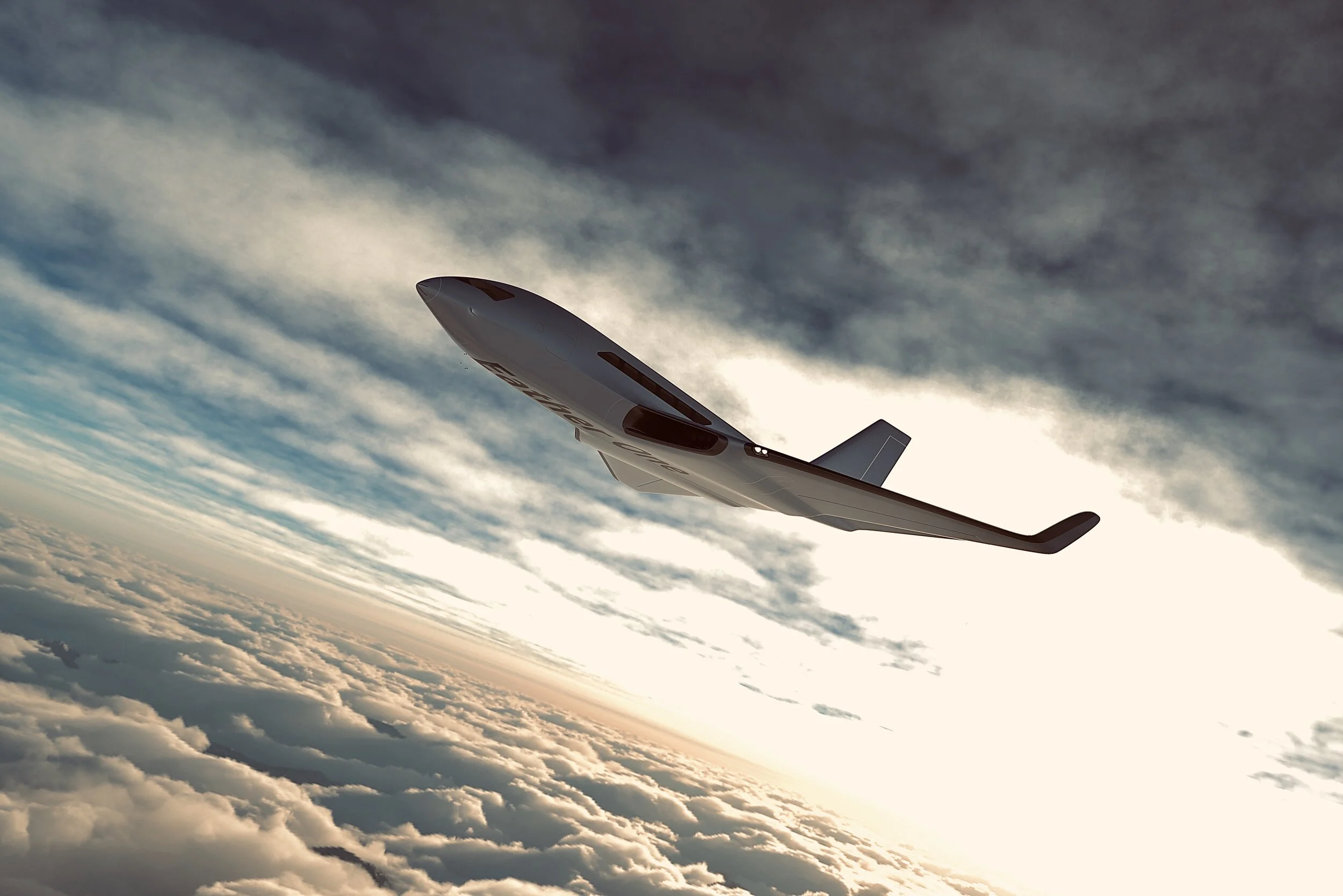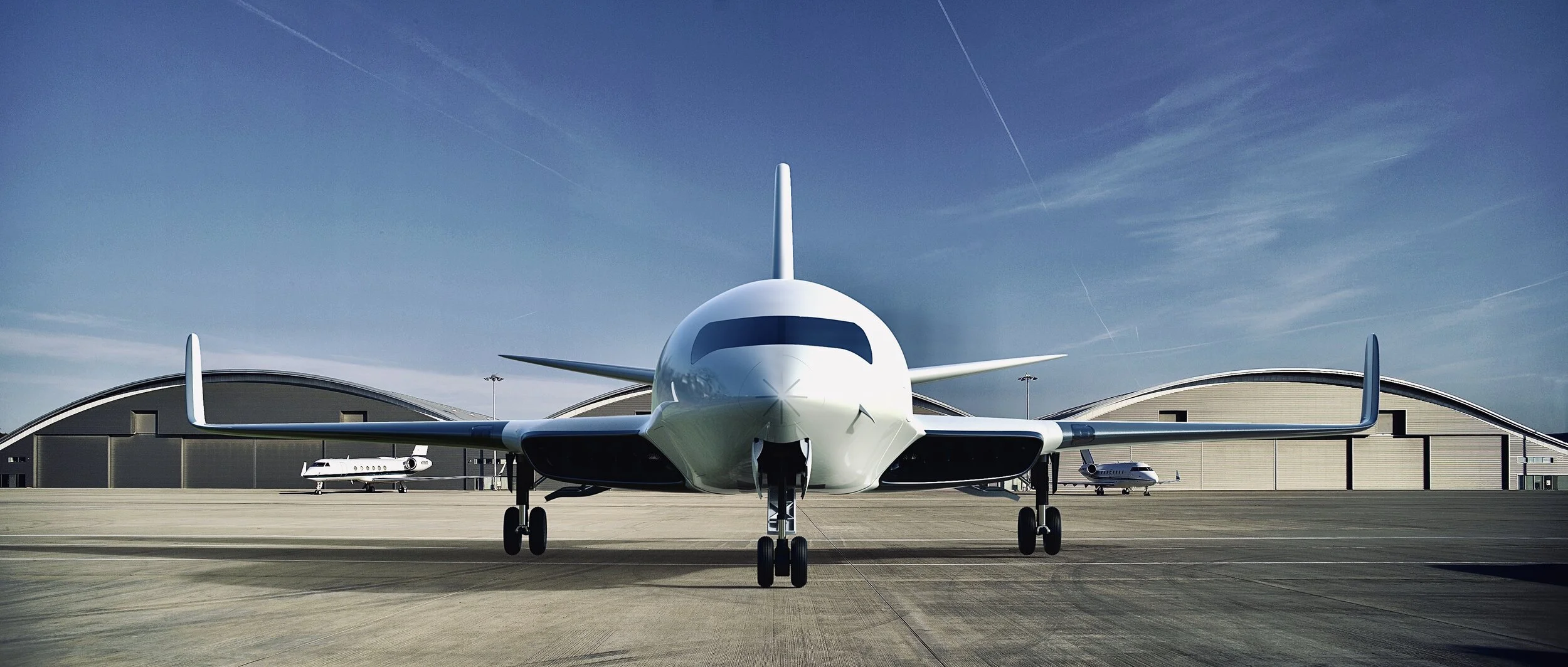
Eather One
After reading an article addressing the challenges associated with electric aircraft—primarily the issues of weight and volume of batteries necessary for sustained flight—a groundbreaking vision emerged in my mind. It was a plan that could effectively solve these problems, revolutionizing the future of aviation. Now, I am proud to present this innovative concept—Eather One.
“If we worked on the assumption that what is accepted as true really is true, then there would be little hope for advance.”
Challenges in Electric Aviation
One of the main questions concerning electric aircraft, currently being developed by companies like Airbus, is how to handle the enormous weight of batteries required to power this technology. The answer may lie in harnessing the energy that already surrounds us—the electricity permeating our atmosphere.
Innovative Design of Eather One
Eather One proposes a significant shift from traditional aviation design. Instead of typical large, fuel-consuming engines and extensive fuel tanks, this concept utilizes a network of twelve smaller electric motors. This configuration allows for a more energy-efficient flight model. During flight, only a small number of these motors are needed to maintain cruising speed, thus conserving energy. However, during takeoff, when greater lift power is required, all twelve motors are activated. This balanced distribution of power, depending on the flight phase, leads to increased energy efficiency.
Advanced Energy Generation Systems
1. Triboelectric Nanogenerators (TENGs)
The first system employs Triboelectric Nanogenerators (TENGs), a groundbreaking technology capable of converting mechanical energy derived from friction between different materials into electrical energy. In the context of aviation, this system utilizes the friction between air and the aircraft's surface during high-speed flight. The faster the flight, the more electrical charge is generated on the aircraft's exterior, translating into increased energy production.
2. Piezoelectric Polymers
The second system utilizes the piezoelectric properties of specialized polymers, which have the remarkable ability to convert mechanical stress directly into electrical energy. During flight, an aircraft's wings endure significant strain—energy that, in conventional models, is lost. The Eather One concept involves constructing the wings with piezoelectric polymers, thereby transforming this mechanical stress into an additional source of electrical power.
Efficient Energy Storage
In terms of energy storage, the Eather One vision proposes the use of state-of-the-art energy capacitors. These advanced energy storage solutions are lighter and more efficient than traditional batteries, significantly improving the aircraft's overall energy efficiency. Additionally, integration with artificial intelligence-based energy management systems will allow for real-time optimization of energy use, adapting to changing flight conditions.
Scalability and Adaptability
Perhaps the most fascinating aspect of this concept is its scalability. As the size of the aircraft increases, the surface area of the shell and wings correspondingly increases, leading to more charge generated from friction and more mechanical stress converted into electrical energy. This scalability allows the concept to be adapted to various sizes and types of aircraft, significantly expanding its potential applications across different segments of the aviation market. Moreover, the modular design of the motors enables easy scaling of power based on the specific needs of a particular aircraft model.
Future Technologies and Integrations
To make the Eather One concept even more advanced, I am considering the integration of future technologies such as:
Solar Systems: Adding solar panels to the aircraft's surface can further increase energy resources, especially during high-altitude flights where access to sunlight is optimal.
Advanced Composite Materials: Using lightweight, durable composite materials in the aircraft's construction not only reduces weight but also enhances resistance to mechanical and thermal damage.
Autonomous Energy Management: Implementing autonomous energy management systems that leverage machine learning to predict energy needs and dynamically allocate resources in real-time.
Sustainable Development and Ecology
Eather One not only revolutionizes aviation technology but also contributes to sustainable development and environmental protection. Reducing fuel consumption and CO₂ emissions through efficient energy use and innovative energy generation systems from atmospheric surroundings makes Eather One a step toward eco-friendly aviation. Additionally, the use of piezoelectric materials and nanogenerators helps minimize waste and optimize production processes.
Potential Applications and Impact on the Aviation Industry
The Eather One concept has broad applicability across various segments of the aviation industry, from small regional aircraft to large international carriers. Its scalability and flexibility allow Eather One to be tailored to the specific needs of different markets, contributing to the global transformation of aviation. In the long term, this technology could become the foundation for fully autonomous, energy-efficient aircraft that not only meet the demands of modern users but also set new standards in the industry.
Conclusion
Eather One presents a radical yet scientifically plausible vision for the future of electric aviation. By ingeniously utilizing the physics of flight and the inherent properties of innovative materials, this concept paves the way toward truly sustainable and efficient air travel. By transforming the weight challenge into an opportunity for energy generation, Eather One brings us closer to a future where our skies are traversed by environmentally friendly, energy-efficient aircraft.


